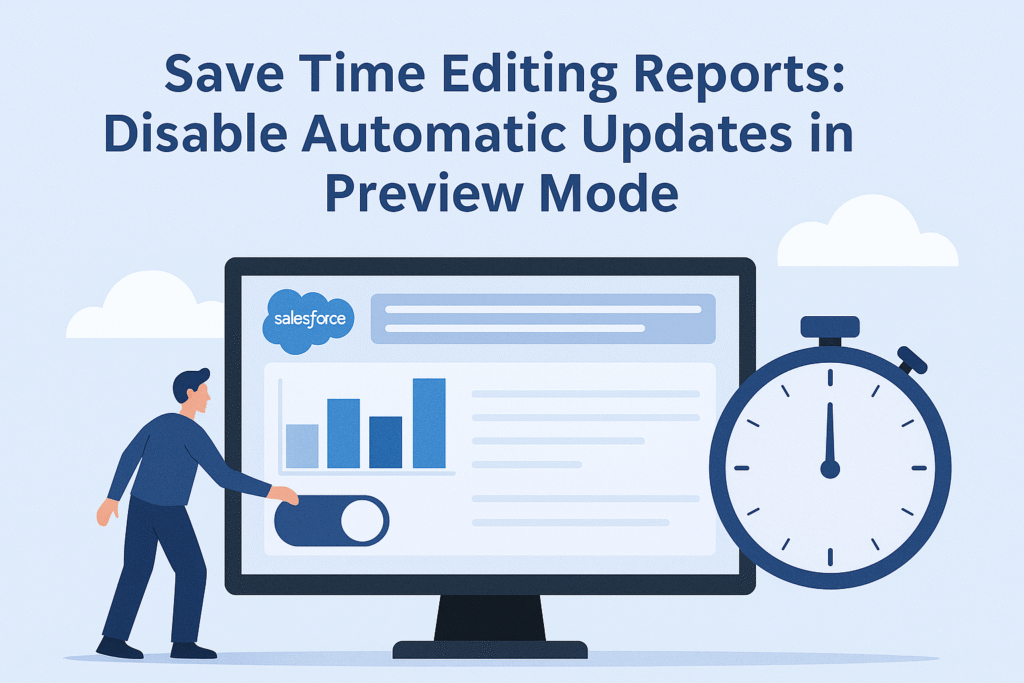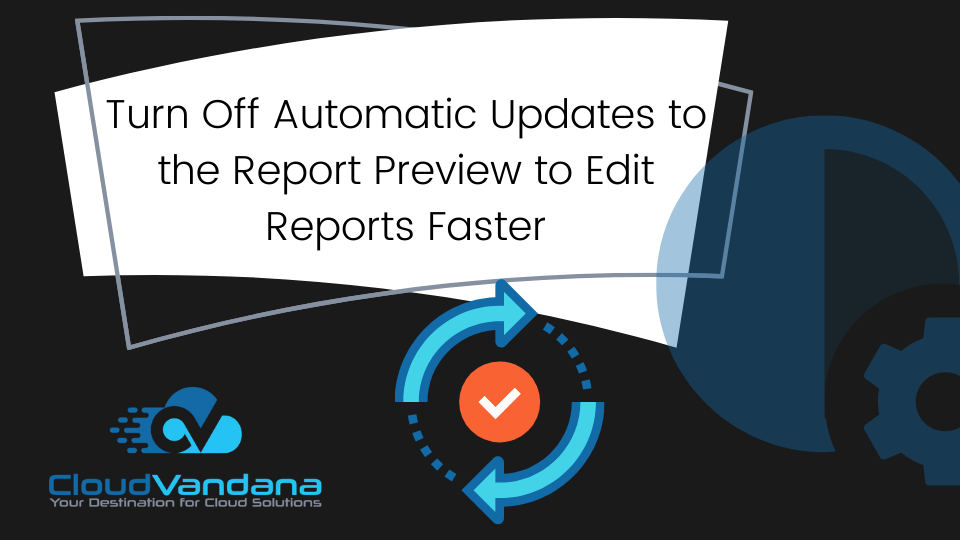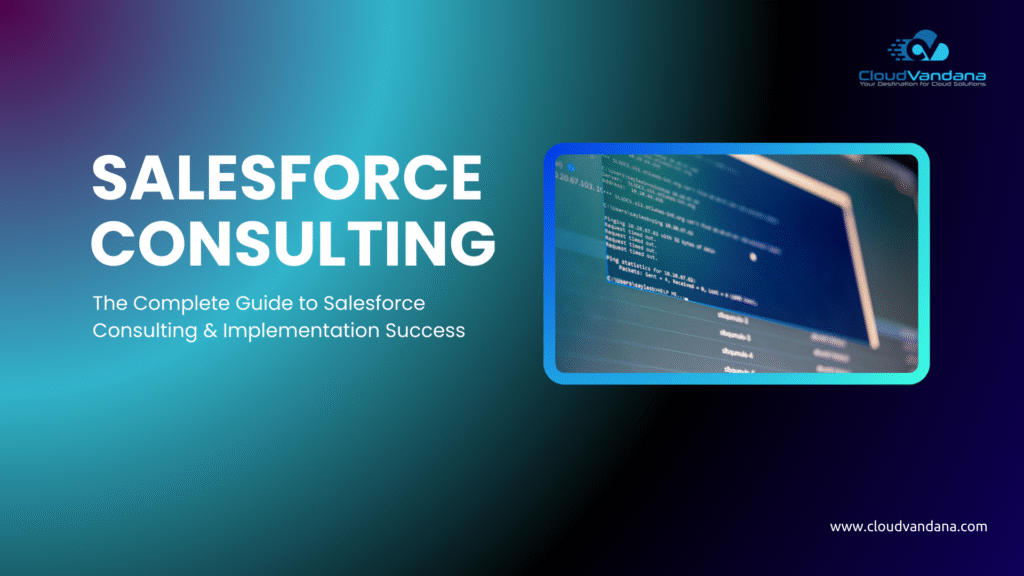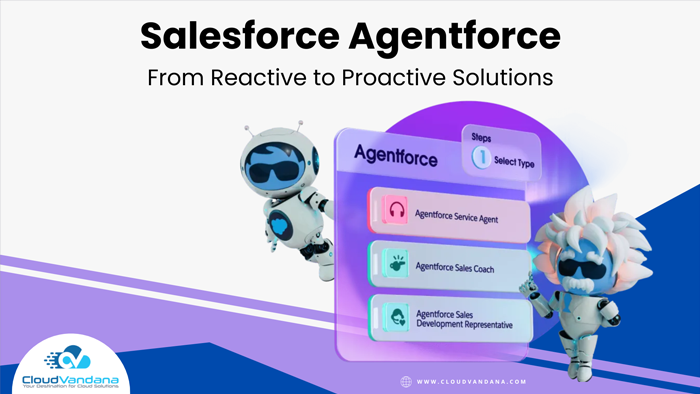Boost reporting efficiency in Salesforce by learning how to disable automatic updates in preview mode. Reduce lag, streamline edits, and regain control over complex reports.
In the high-stakes environment of enterprise CRM usage, reports are more than data snapshots—they’re decision-making engines. However, as datasets grow and filters stack, waiting for each update to render in preview mode can feel like dragging an anchor. The ability to disable automatic updates in Salesforce Report Builder is a quiet but powerful productivity upgrade that every admin and analyst should understand.
The Problem with Auto-Updating Reports
Every Filter Slows You Down
Each time you adjust a filter, add a column, or tweak a grouping in Report Builder, Salesforce attempts to regenerate the report preview automatically. While helpful in simple reports, this functionality becomes a bottleneck in large data environments.

Real-Time Isn’t Always Efficient
In complex reports involving thousands of records, multiple joins, and dashboard references, these automatic updates strain system resources and introduce latency.
Interrupting the Flow of Thought
Creative data exploration demands mental clarity. When the preview pane refreshes after every small adjustment, it breaks concentration and stifles deep analysis.
Understanding Report Preview Mode in Salesforce
What Is Preview Mode?
Report Builder includes a preview pane that automatically displays changes in real time. It helps users visualize what the final output will look like.
Default Behavior of Live Updates
By default, as soon as you adjust filters, fields, or groupings, the report recalculates. This is controlled by the auto-update toggle.
When Preview Mode Becomes a Burden
When working with complex joined reports or custom formula fields, these previews can take several seconds—or even minutes—per change.
New Feature: Disable Automatic Updates in Preview Mode
The Toggle That Changes Everything
Salesforce now includes a simple toggle switch labeled “Update Preview Automatically” in the top-right corner of the Report Builder.
Manual Update at Your Command
With the toggle off, users can make multiple changes and manually click “Update Preview” only when ready.
Location and Accessibility
This feature is available in Lightning Experience and is supported for tabular, summary, matrix, and joined reports.
How to Disable Automatic Updates in Salesforce Report Builder
Step 1: Open Report Builder
From any report, click Edit to enter the Report Builder interface.
Step 2: Locate the Auto-Update Toggle
At the top-right corner of the preview pane, you’ll see a switch labeled “Update Preview Automatically.”
Step 3: Toggle It Off
Once switched off, your report will no longer recalculate until you manually trigger it.
Step 4: Click “Update Preview” When Ready
After making multiple changes, click the blue Update Preview button to apply all edits at once.
When to Use Manual Update Mode
Working with Large Data Sets
If your report pulls from objects with tens of thousands of records, turning off auto-update avoids unnecessary processing cycles.
Building Reports with Complex Logic
Multi-layered filters, cross-object formulas, and dynamic dashboards are better handled in manual mode.
Collaborating in Shared Report Building
When teams co-edit a report, disabling auto-update ensures a consistent, controlled environment where changes aren’t overwritten prematurely.
Productivity Gains for Analysts and Admins
Batch Editing Filters and Fields
Instead of waiting for the preview to load after each change, users can now edit all filters and columns before committing the update.
Reduced Cognitive Friction
By reducing screen flicker and cursor lags, manual update mode creates a smoother, more focused editing experience.
Improved Load Performance
Fewer auto-refresh cycles means less load on the system, especially in orgs with many concurrent users.
Admin-Level Tips for Controlling Update Behavior
Train Users to Use the Toggle Intentionally
Include this step in admin documentation and training modules. Power users should know when and why to disable automatic updates.
Consider Profiles and Permissions
While this setting is per-user, consider communicating its value across analyst-heavy roles where efficiency is critical.
Evaluate Report Performance Across the Org
Use debug logs and usage metrics to determine if auto-update is straining system resources during peak hours.
Common Pitfalls and How to Avoid Them
Forgetting to Re-Enable the Toggle
Users might forget that auto-update is off, leading to outdated preview panes. Always remind them to hit Update Preview before saving.
Misinterpretation of Old Data
If you’re presenting from a preview that hasn’t been updated, you might display stale metrics. Build habits around confirming updates before exporting or sharing.
Confusion in Multi-User Environments
When multiple users edit the same report, lack of synchronization between preview states can cause confusion. Use version control practices.
Comparing Report Performance Before and After Disabling Auto-Update
Benchmarking Load Times
Use browser developer tools to track how long a report takes to load with and without auto-update enabled.
User Feedback and Focus Groups
Run a feedback session with power users and analysts to gauge productivity improvement.
System Logs and API Calls
Track backend logs for fewer preview requests and server hits.
Enhancing Your Report Building Workflow
Use Templates to Minimize Edits
Create well-structured templates so you don’t need to rebuild filters and layouts each time.
Label Draft Reports Clearly
Use naming conventions like “[DRAFT] Q2 Pipeline” to indicate that a report is in edit mode.
Integrate With Dev Sandboxes
Use developer orgs for building large reports, then deploy into production once optimized.
Tips for Power Users
Use Keyboard Shortcuts in Report Builder
Navigate faster using Salesforce’s built-in keyboard shortcuts.
Combine Manual Preview with Field History Tracking
If you’re analyzing trends, pair this feature with field history data for a richer audit trail.
Schedule Final Reports Post-Approval
Only activate report subscriptions after manual previews have been validated.
Best Practices for Organizations with High Report Volume
Document the Use of Auto-Update Toggle
Include this setting in your report governance playbook.
Standardize Report Types and Formats
Avoid overuse of custom formats that demand frequent previews.
Assign Report Stewards
Designate experienced users to review performance-heavy reports monthly.
Integrations That Complement This Feature
Einstein Analytics vs. Standard Reports
Understand where auto-preview is helpful and where it slows you down—use Tableau CRM for heavier analytics.
Slack Alerts for Updated Reports
Connect Salesforce reports to Slack so users know when data has been finalized.
Use Flow to Guide Report Builders
Create screen flows that remind users to disable auto-preview for large datasets.
The Future of Report Optimization in Salesforce
AI-Based Smart Preview
Salesforce may soon leverage AI to predict when auto-preview is necessary—and disable it otherwise.
Org-Wide Settings for Default Preview Mode
Admins may gain the ability to set default preview behavior based on role or object.
Preview Performance Analytics
Future updates could include visual feedback on how long each preview takes, helping users make smarter decisions.
Conclusion: Reclaim Your Time, One Report at a Time
Disabling automatic updates in preview mode may seem like a small change—but for data-heavy teams, it’s a force multiplier. It puts control back into the hands of the user, enabling faster edits, cleaner performance, and smarter insights. In a world where decisions are only as good as the reports behind them, optimizing how we build reports is not optional—it’s mission-critical.
CloudVandana Can Help You Streamline Salesforce Reporting
At CloudVandana, we work with Salesforce users, admins, and developers to design high-performance reporting strategies. From training your team to implementing productivity features like preview toggles, we ensure your reporting environment is fast, scalable, and user-friendly. Want to accelerate your analytics game? Contact CloudVandana today.










